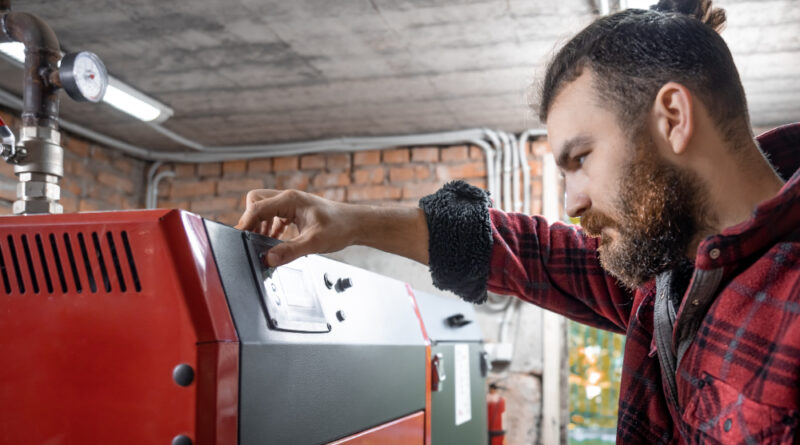Operating pellet and eco-pea coal boilers efficiently can sometimes be challenging, especially for new users. I’ve noticed that many common mistakes can lead to reduced efficiency and higher fuel consumption. However, the good news is that most of these issues are easy to avoid once you know what to look out for. In this article, I’ll share practical tips and solutions to help you optimize your boiler’s performance and avoid costly mistakes.
Spis treści:
Common Operation Mistakes
One of the most frequent mistakes I observe is incorrect power settings. Many users run their boilers at maximum power continuously, thinking it will heat their space faster. However, this approach actually reduces efficiency and increases fuel consumption. Instead, you should adjust the power settings according to your heating needs and outdoor temperature. During milder weather, running the boiler at lower power settings (40-60%) usually provides optimal efficiency while maintaining comfortable temperatures.
Fuel Storage and Quality Issues
The quality and storage of fuel significantly impact boiler performance. I often see people storing pellets or eco-pea coal in damp conditions, which can lead to fuel degradation. Always store your fuel in a dry, well-ventilated area, and use proper storage containers or dedicated fuel rooms. For pellets, maintain humidity levels below 10%, and for eco-pea coal, ensure it’s protected from rain and ground moisture. Using poor quality or wet fuel can not only reduce efficiency but also damage your boiler’s components over time.
Maintenance Oversights
Regular maintenance is crucial, yet often neglected. I recommend cleaning the heat exchanger at least once a week and emptying the ash container when it’s 70-80% full. The burning chamber requires regular inspection and cleaning to prevent clinker formation. Don’t forget about annual professional maintenance checks – they help identify potential issues before they become serious problems. Also, check and clean sensors regularly, as dirty sensors can cause incorrect readings and affect boiler operation.
Settings and Programming Errors
Many users struggle with proper boiler programming. I suggest setting your boiler’s parameters based on your specific heating needs and the building’s characteristics. The most important parameters include combustion air flow, fuel feed rate, and maintenance breaks. For pellet boilers, start with manufacturer-recommended settings and make small adjustments based on how the fuel burns. For eco-pea coal boilers, pay special attention to the air-fuel ratio to achieve optimal combustion.
Best Practices for Optimal Operation
To ensure efficient operation, implement a regular maintenance schedule and keep detailed records of fuel consumption and performance. Monitor your boiler’s operation daily and look for signs of inefficient combustion, such as excessive smoke or unburned fuel in the ash. Install a buffer tank if you haven’t already – it helps maintain stable operation and reduces the number of boiler starts and stops. Remember to check weather forecasts and adjust settings accordingly to maintain comfort while optimizing fuel usage.
